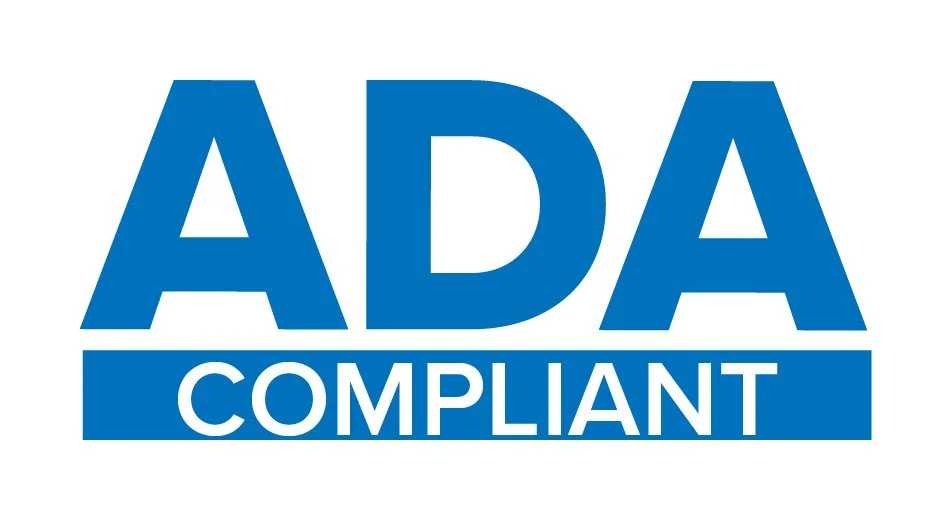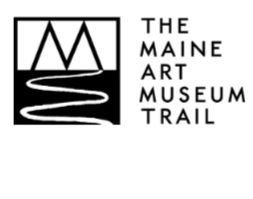New Exhibit Looks at a Centuries-Old Wabanaki Craft
/The Abbe Museum is excited to announce a new exhibit coming to its main gallery in April 2018, Emergence - Root Clubs of the Penobscot Nation. This exhibit celebrates a uniquely Wabanaki art form, a centuries-old craft that has frequently been dismissed by museums and academics as not “traditionally” Wabanaki. The exhibit opens on Friday, April 6, 2018, and an opening reception will be held that evening from 5-7 pm.
“Unlike the ball club, which is very well known and very well published, the Penobscot root club has been almost completely ignored in the history books,” said exhibit curator Stan Neptune, Penobscot. “In the late 19th century when anthropologists started collecting Native American objects, they perceived root clubs as just tourist items. They had no idea of the history. The Emergence exhibit will tell that full history.”
The exhibit highlights the diversity of past and contemporary themes found in root club carving. Each club is made out of a sapling, with the slender trunk becoming a chip-carved handle and the complex wood of the root ball’s burl transformed into evocative representations of people and creatures. Some are painted; some have ornaments attached.
Root clubs have been viewed by museums and anthropologists as “tourist art,” not “traditional” enough to warrant a place in museums. Decades of research by exhibit curators Stan Neptune and Joan Lester have built the body of evidence to show that this uniquely Wabanaki form, in fact, is very much a part of Wabanaki traditions going back centuries or more. And while new styles have been created over the years to support an economy tied to tourism, the earlier forms have continued and are still being made today.
The curators, together with team members from the Abbe, are sharing for the first time what they have learned from more than 600 extant Penobscot root clubs, many still in private collections. The exhibit will include more than 50 clubs, plus images and other artifacts to illustrate:
- the history and evolution of this diverse art form
- how the root club has been and still is made
- stories of root club carvers covering more than two centuries
- how museum attitudes towards root clubs have shaped collections
- and how private collectors came to value and protect these critical pieces of cultural heritage.
As with all projects, the Abbe’s decolonizing vision is paramount with this exhibit. Through representation of this art form, based on the experience and shared knowledge of a Penobscot carver and information from Wabanaki carvers and culture-keepers over the centuries, the story of Penobscot root clubs will emerge as it should have long ago.
The opening reception on April 6, from 5-7 pm, is open to Abbe members, donors, and sponsors. To receive an invitation, please email jill@abbemuseum.org or call 207-288-3519. Guests are invited to celebrate with curatorial staff, artists, and fellow supporters while snacking on refreshments from local eateries.
This exhibit is made possible by the generous support from the following:
Anonymous
Anonymous Foundation
Bangor Savings Bank Foundation
Fisher Charitable Foundation
Hattie A. and Fred C. Lynam Trust
Mr. and Mrs. Douglas and Ann Sharpe
The Abbe Museum's winter hours will be in effect through April, with the Museum open Thursdays through Saturdays, 10 am to 4 pm. The Museum is open seven days a week from May 1–October 31st every year.





















